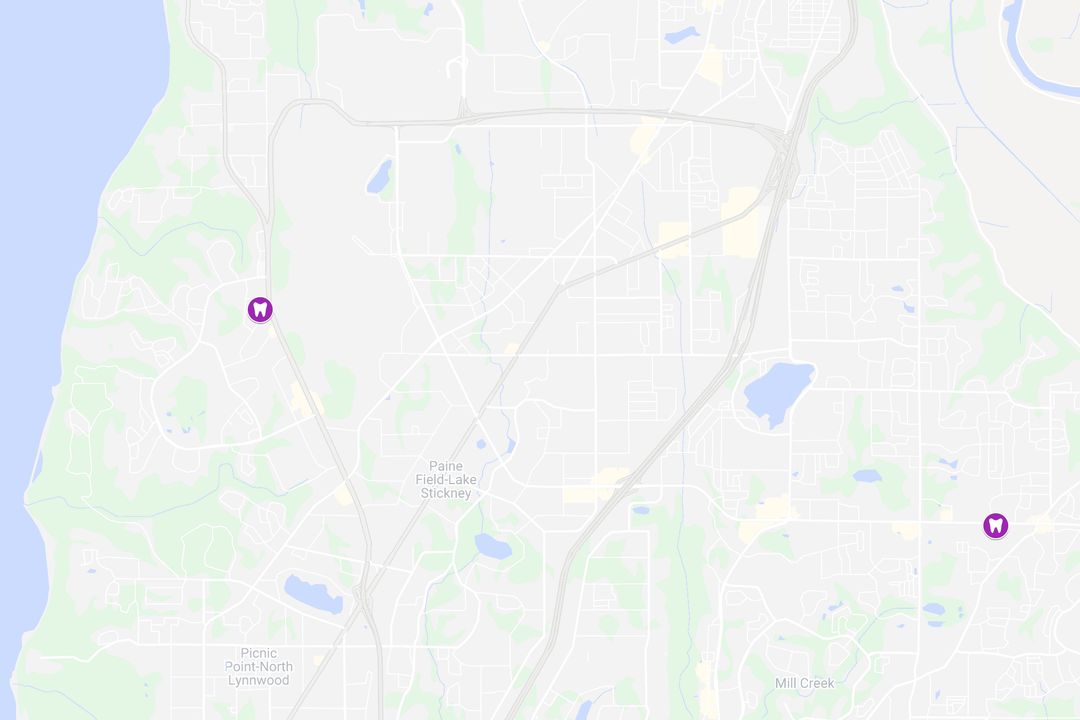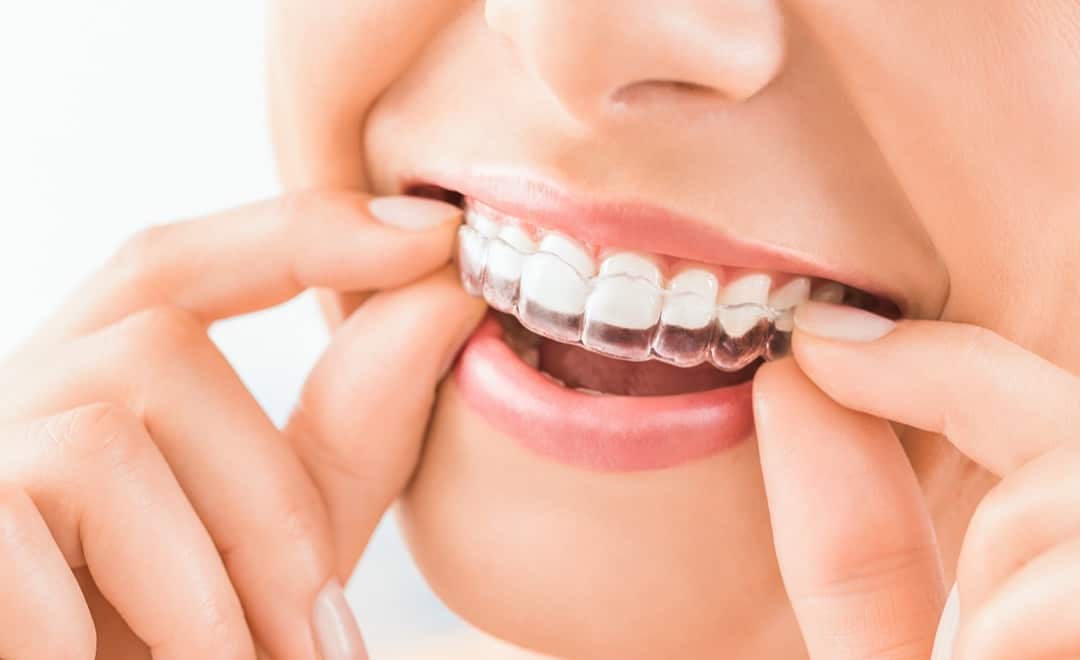As you age, your teeth continue to shift, wear down, and even crack. Not only can the aging process lead to crooked teeth, it may also change your bite. Many adults assume there’s nothing they can do about shifting teeth as they get older. After all, can’t you be too old for braces? At Stellar Family Orthodontics in Mukilteo and Mill Creek, Washington, we hear this a lot from our adult patients. Fortunately, the answer is simpler than you might think.
Can you be too old for braces?
Simply put: No, you can’t be too old for orthodontics! Anybody can straighten their teeth with orthodontic treatments, like traditional braces, ceramic braces, or Invisalign® clear aligners. If you’re interested in orthodontics, Dr. Carver can perform a full evaluation of your teeth and gums to determine which treatment is best for you.
How Braces Work in Adults
Adult braces work exactly the same way as orthodontics for children and teens. Braces consist of brackets, which adhere to the surface of your teeth, with a long wire that runs through them. The wire gradually pulls on each tooth to shift it into proper alignment.
While the braces process is the same for adolescents and adults, it can take longer to achieve the desired outcome in older patients. This, again, is because adult bones are more solidified than their younger counterparts. While braces in younger patients take about 18 months to 3 years to straighten teeth, it typically takes a minimum of 2 years for adults.
What age is best for braces?
While adults certainly can get braces, orthodontics do produce better results in adolescents and teens for a reason. The older you get, the less malleable your teeth and tooth-supporting structures are. Essentially, your teeth become harder to move. That’s why our orthodontists recommend braces between ages 8 and 14.
Factors that Interfere with Adult Orthodontic Treatment
There are several factors that can impact or prolong orthodontic treatment in adults, such as:
Tooth Damage
Adult teeth naturally experience more wear-and-tear than adolescent teeth because they’ve had more time to incur damage. This means your treatment can be longer or more complex than it would be for a child or teen.
Harder Bones and Tissue
The bone in your jaw typically reaches its full maturity in your late teens. At that point, your jawbone, gums, teeth, and supporting tissue tend to harden. Softer tooth-supporting structures are easier to move than harder, more solid structures, so it can be more difficult to complete orthodontic treatment in adults.
Past Dental Treatment
In most instances, children have not undergone much dental work by the time they get braces. That is often not the case for adults. Many adults have had restorative treatments, such as dental crowns, and bridges. These treatments can interfere with your orthodontic treatment plan as an adult.
Different Treatment Goals
In children and adolescents, the goal of braces is to create perfect tooth alignment. Because adults have more obstacles interfering with their orthodontic treatment, the goal is simply to create enhanced uniformity for an aesthetically pleasing look and a comfortable bite.
For more information on braces for adults, schedule a free consultation with the orthodontic team at Stellar Family Orthodontics today!




